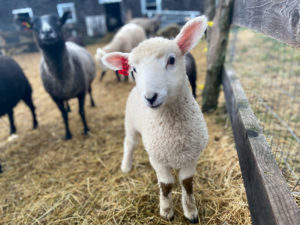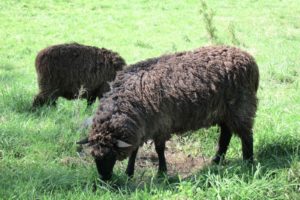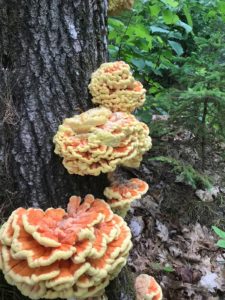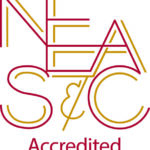As Chewonki’s fiscal year wraps up and the farm season slows down, I take a few moments (hours) each year to tally up the total number of food and firewood. The totals for this year (September 2012 – August 2013) are:
- 8615 pounds of vegetables (many of which were lightweight but high value, like basil)
- 1540 pounds of beef
- 1168 pounds of pork
- 322 pounds of lamb
- 733 pounds of chicken
- 5321 eggs
- 1383 gallons of milk
- 28 cords of firewood
- 5880 pounds of hay (for winter livestock feed)
- 9.72 yards of compost
The next step, once the poundages, gallons, and cords of wood are accounted for, is to assess the value of the food and firewood. I look to producers outside of Chewonki but within this region who are employing comparable methods to ours. For example, the Maine Organic Farmers and Gardeners Association publishes price reports for organic vegetables for each month of the growing season. From this chart, we can take the average cost per pound of storage carrots sold wholesale and apply this dollar amount to the number of pounds that we produced in our gardens. Similarly, I call a local beef producer who raises grass-fed beef and ask, “If we were to buy a slaughter-ready cow from you, how much would you charge us per pound of hanging weight?” I can factor in the cost of slaughter and generate a total price per pound of beef.
The result: in fiscal year 2013, the farm raised $59,924 worth of food and firewood. And there’s no putting a price on the experience that so many participants had being a part of that production.
Inquiring minds sometimes want to know: why are these calculations important? Given that our farm is an educational one and given that there’s no real exchange of money between the kitchen and the farm, why take the time to make the sums? I have a simple – and yet complex – answer. I sincerely believe that the best education our farm can offer is integration into meaningful production. Our participants work meaningfully on the farm because it matters, not because it’s fun or educational (and yet it’s fun and educational – we win!). And one piece of showing how it matters is having – at year’s end – a concrete list of what came from the farm and what its value was (or, put another way, the avoided cost to the foundation). This gives us a chance to look critically at how we are producing in order to better our methods. This assessment also allows us to critically engage students in a conversation about what it takes to make a farm run in both the physical and financial terms.
The numbers aren’t everything, because so much that matters about the farm’s worth is qualitative, not quantitative: it’s in the stories and experiences and relationships that people form on this bit of land. But the numbers are something, a place to start a dialogue in Farm Talk or to justify a change in our systems of raising laying hens. What are your thoughts?














